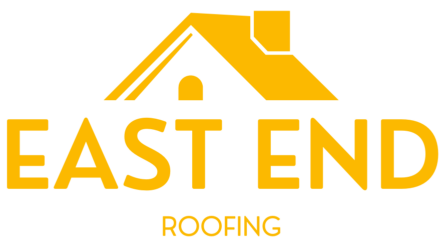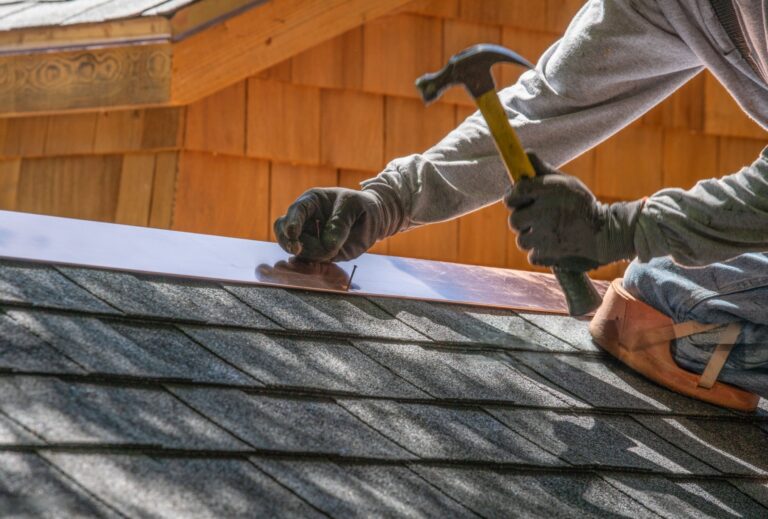When considering how roof installation protects against Long Island storm damage, it is essential to understand the critical role that a properly constructed roof plays in safeguarding your home. Long Island’s unpredictable weather, marked by frequent storms, high winds, and heavy rainfall, can take a toll on your property if not adequately prepared. A well-installed roof, designed to withstand these elements, is the first line of defense against the damaging effects of storms. By using high-quality materials, employing industry-standard installation techniques, and focusing on durability, you can ensure that your roof offers maximum protection to your home.
The Importance of a Well-Constructed Roof
Roof installation is much more than just a protective covering; it serves as the backbone of your home’s overall defense system. A sturdy roof provides structural integrity, keeps the interior of your house safe from the elements, and helps maintain comfortable living conditions. Proper installation is crucial in preventing leaks, water damage, and the destruction caused by wind, hail, or even fallen branches during storms.
The roof is the first line of defense that prevents rainwater from seeping into your walls, ceiling, and foundation, where it can cause extensive damage. Without a roof that is properly installed and regularly maintained, storm damage could be far more devastating. Long Island’s unpredictable weather patterns—ranging from mild autumn rain to intense nor’easters—demand that your roof be prepared to handle heavy precipitation and high winds.
Choosing the Right Materials for Storm Protection
Choosing the right materials for roof installation is vital to ensuring that your roof offers strong protection against Long Island storm damage. Materials such as asphalt shingles, metal roofing, and slate are often recommended for their durability and ability to resist damage from harsh weather. Asphalt shingles, for example, are designed to provide superior resistance against high winds, preventing them from being torn off by gusts. Metal roofs are incredibly durable, reflecting heat in the summer and holding up well against hail and flying debris during storms.
Moreover, roofs that use high-quality, impact-resistant materials are much less likely to sustain damage, which can be costly to repair. When considering your roof installation, it is essential to consult a professional who can recommend the best materials suited for your home’s location and the frequency of storms in your area. A good roofing contractor will guide you toward materials that meet local building codes and are proven to perform well under pressure.
Roof Installation and Wind Resistance
Long Island storms often bring high winds, which can cause significant damage to roofs that are not properly installed. A key element of effective roof installation is ensuring that the roof is secure against these winds. This is done by anchoring the roof to the home’s framing and using techniques that enhance wind resistance. Proper flashing installation around chimneys, skylights, and other openings is also essential for preventing wind-driven rain from infiltrating your home.
Certain roofing systems are specifically designed to withstand wind speeds of over 100 miles per hour, which is crucial for homes in storm-prone areas. In addition, a quality installation will ensure that all roof elements, including shingles or tiles, are fastened securely and can resist the upward force of strong winds. When installed correctly, these roofs are less likely to suffer from wind uplift, a common issue in stormy conditions.
The Role of Proper Ventilation in Storm Protection
Another often overlooked aspect of roof installation is the importance of proper ventilation. A roof that is not properly ventilated can experience condensation buildup, leading to mold growth, wood rot, and other moisture-related issues that can compromise its ability to withstand storms. Proper roof ventilation helps regulate temperature and moisture levels in the attic, preventing these types of problems and ensuring the overall longevity of your roof.
A well-ventilated attic allows air to circulate, which can help prevent ice dams in the winter, keep the roof structure dry, and maintain the integrity of the materials used in the roof. By including ridge vents, soffit vents, or even attic fans during the installation process, you can significantly reduce the risk of storm-related damage. Furthermore, ventilation plays a role in keeping energy costs down by reducing heat buildup, thus making the roof even more efficient year-round.
Waterproofing and Leak Prevention
A common cause of storm damage is water infiltration. Heavy rainfall or snowmelt can quickly find its way through small cracks or gaps in an inadequately installed roof. Roof installation is crucial to prevent water from seeping into the home. During the installation, contractors apply a series of waterproofing measures to ensure the roof remains sealed.
One of the most important factors in waterproofing a roof is the installation of underlayment. This layer, usually made from a rubberized asphalt product, acts as a barrier between the shingles or tiles and the roofing deck. This helps to keep water from finding its way under the primary roofing layer, even if the shingles are damaged during a storm. Additionally, the use of flashing around chimneys, skylights, and vents prevents water from entering through these common weak spots.
Properly installed gutters and downspouts also play an essential role in preventing water damage during storms. These components help direct rainwater away from the roof, walls, and foundation of your home. Keeping gutters free from debris during the year ensures that water flows freely and doesn’t pool on the roof, which could result in leaks.
Ensuring Longevity Through Regular Maintenance
While roof installation is critical in protecting your home from storm damage, regular maintenance is equally important. A well-installed roof can still suffer damage over time if it is not adequately maintained. Roof inspections should be conducted annually to ensure that all components are still functioning as intended. Look for signs of wear such as cracked shingles, missing tiles, or sagging areas. Addressing minor issues early can prevent them from escalating into more significant and costly repairs.
In addition to routine inspections, you should ensure that your roof is cleaned regularly. Debris such as leaves, branches, and moss can accumulate on the roof, blocking drainage systems and causing water to pool. A professional roof cleaning service will help prevent these issues, ensuring that your roof continues to protect your home against the elements.
How Roof Installation Protects Against Long Island Storm Damage: Conclusion
In conclusion, understanding how roof installation protects against Long Island storm damage is critical to safeguarding your home. With Long Island’s unpredictable and sometimes severe weather, a well-installed roof serves as your first line of defense against wind, rain, snow, and other natural elements. From choosing the right materials and ensuring proper installation to maintaining the roof and ensuring ventilation, all of these factors play a significant role in the effectiveness of your roof.
At East End Roofing, we understand the importance of quality roof installation and the peace of mind that comes with knowing your home is protected. If you’re looking to install a new roof or replace an old one to withstand the unpredictable Long Island weather, contact us today. Our experienced team will help guide you through the process, ensuring that your home remains safe, dry, and secure for years to come.
For more information, or to schedule a consultation, call us at (631) 855-2006 or email us at in**@***********NY.com. Let us help you protect your home and investment with the best roof installation services in Long Island!

